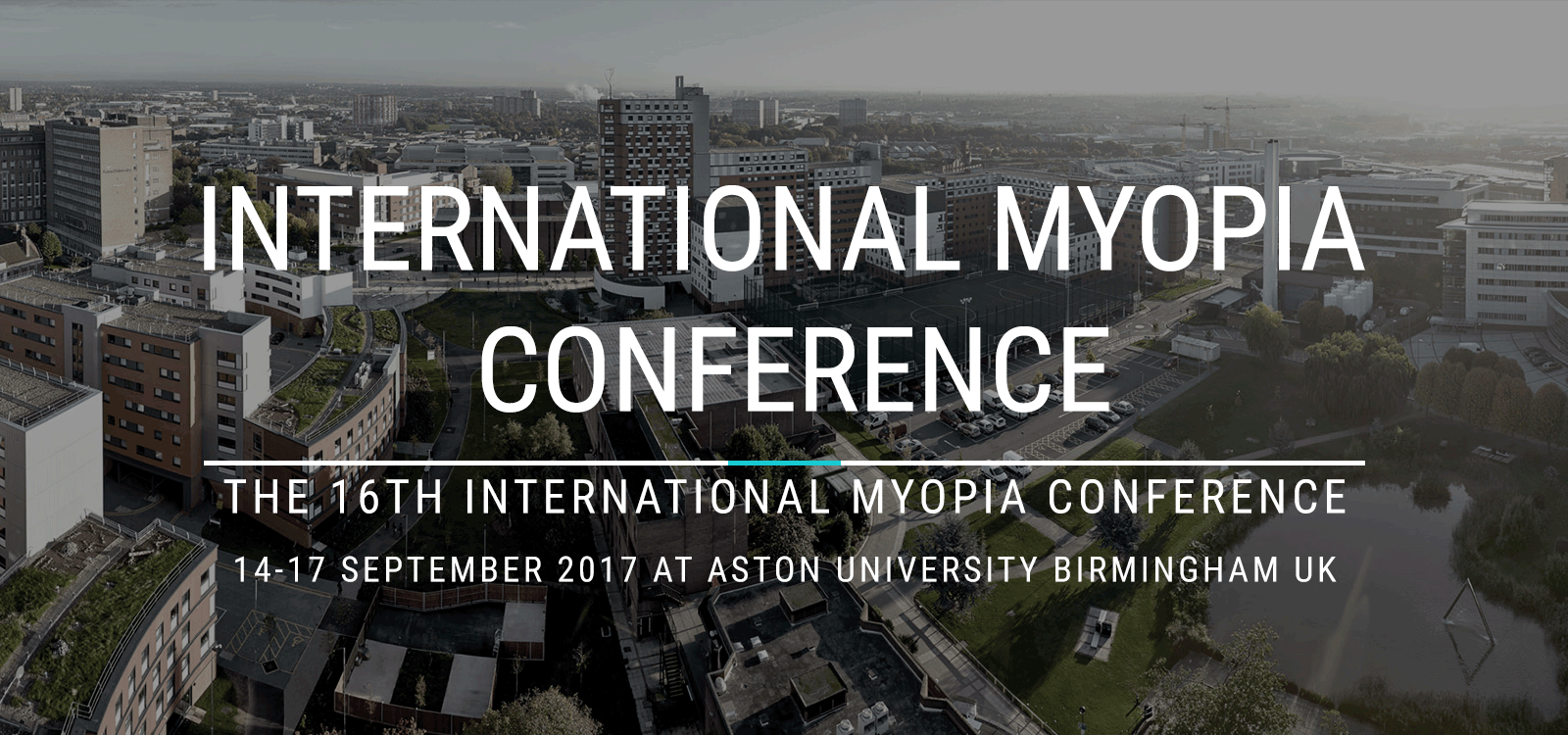The thing with health science is it keeps evolving! So let me explain what axial length measurement is, why this is useful, and who should be having their eyes measured this way.
As you may know already, we are concerned about the myopia epidemic. An increasing number of people world wide are becoming short-sighted, at a younger age.
Why is myopia a concern? Short-sighted eyes are often longer than an average eyeball, and this is associated with increased risk of eye disease in life.
Fortunately we now have a number of treatment methods which clinical studies have shown to slow down the progress of myopia in children. (Including Miyosmart spectacle lenses, soft contact lenses, and ortho-K contact lenses.)
How does the Eye Axial Length Measurement fit in? If we can identify eyes which are longer than expected, armed with this information we can try to harness as many strategies as possible, and monitor these eyes closely.
Conversely it will be reassuring to know if an eye is average length.
How is Axial Length (AXL) measured? There are a number of methods, but the easiest uses an biometer. This is a painless and non invasive - no eye drops.
A measurement scan using optical low coherence reflectometry (OLCR) biometry measures the axial dimensions of the human eye. From the cornea (at the front) to the retina (at the back). These instruments are readily available in a Ophthalmologist’s (eye specialist) clinic for measurements before cataract surgery.
Who should have their eyes measured? We recommend young people who are myopic, especially those identified as at risk of rapid progression. These are children with highly myopic parents, children who present needing a high prescription at the start and children who are at primary school when they need their first pair of glasses.
How often should eyes be measured? As this is a new clinical procedure we plan to measure once and review. We may recommend a second annual measurement for eyes which appear to be of normal length, if the prescription progresses.
For eyes identified as longer AXL we will likely recommend a review sooner.
Where do I go? Book to see Dr Mark Donaldson, ophthalmologist, at Rodney Surgical Centre, Morrison Drive, Warkworth. Phone 09-425 1190. Request an appointment for Myopia Eye Measurement.
What is the charge? The appointment fee is $75.00
Related Articles: New spectacle lens for Myopia Control - Myoismart









